Whether you stumble upon a babbling brook or a swift-moving stream as you hike through the woods, both will invariable cause you to pause and stare for a moment. Streams are beautiful to look at, but they are also an important part of the forest habitat. Streams provide a water source and a home for the animals found in the region. But these swift-moving threads of water also serve to move … [Read more...]
Sand Dunes {InstaScience}
If you have been to the beach, you have most likely seen sand dunes. They are those bumps you have to traverse before you get to the real prize - the beach! But did you know that those dunes serve a purpose? Today, we are going to dig into the dunes and learn about this amazing ecosystem. There are interior sands dunes, like the ones you find at the Great Sand Dunes National Park in Colorado, … [Read more...]
Sand {InstaScience}
As a mom, I hate the way it sticks to just about everything. And don’t get me started about how sand changes that quick snack you had planned to eat on the beach! But as a scientist, sand fascinates me. So, today as a part of our month of beach science - I, the scientist-side of me, am going to share with you all about sand. If you Google “sand images” you will come up with a huge variety of … [Read more...]
Blue Moon {InstaScience}
Did you know that a Blue Moon is not actually blue? And that there are two definitions for what a blue moon actually is? The more modern definition of a blue moon says that it only occurs when there are two full moons in a calendar month. Since a full moon occurs about every 29 days, it’s bound to happen. According to this definition, the next Blue Moon will occur in January of 2018. But … [Read more...]
Mars {InstaScience}
Mars is one of those planets that we can easily spot in the night sky, thanks to its red color! Mars gets its color from the iron oxide that is found on the planet's surface. Mars is the fourth planet from the sun, just after our planet, Earth. Like Earth, Mars has volcanoes, canyons, and polar ice caps. However, Mars is quite a bit drier and cooler than our planet. This planet is one of the … [Read more...]
Gneiss {InstaScience}
[Photo Credit - Siim Sepp, used with permission under Creative Commons] As I write this, I have just finished another set of outlines for volume 5 in the Sassafras Science series. This one is all about geology, in other words, volcanoes, earthquakes, and rocks. One of the rocks that really caught my eye this time around was gneiss and I thought that I would share about it with you all this … [Read more...]
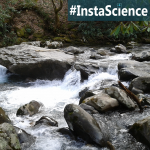
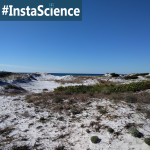
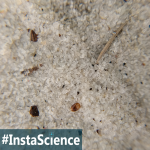
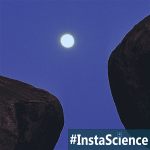
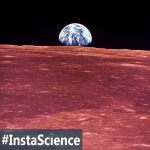
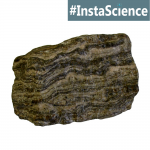


Join the Community!